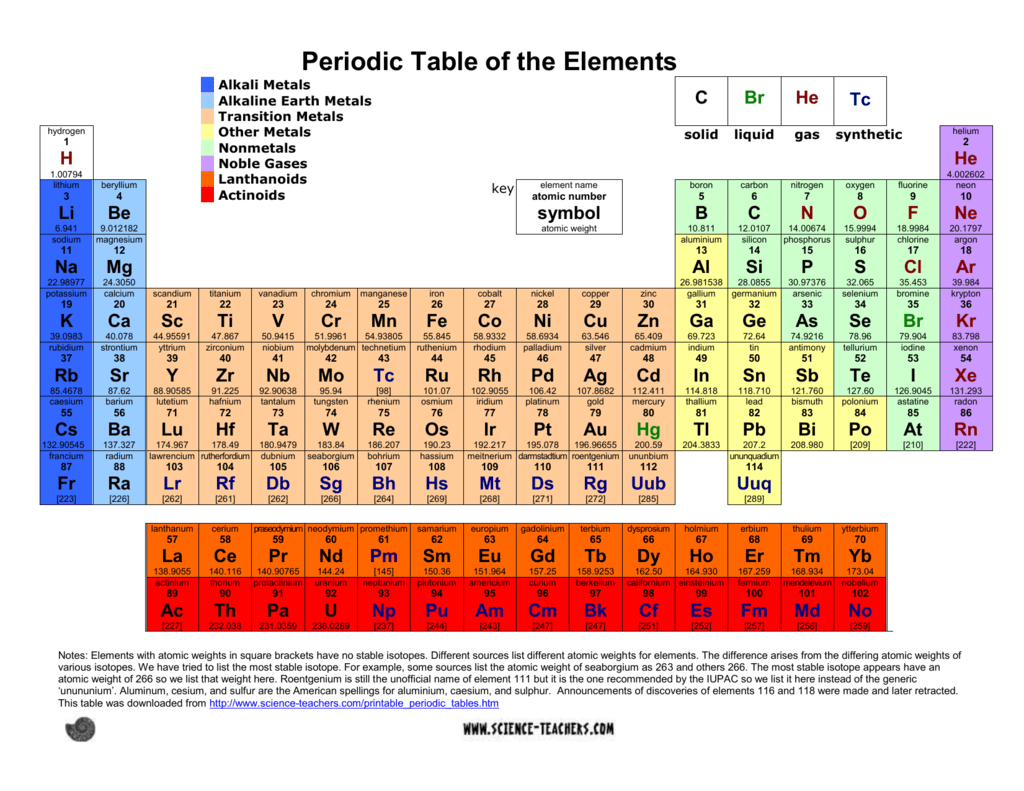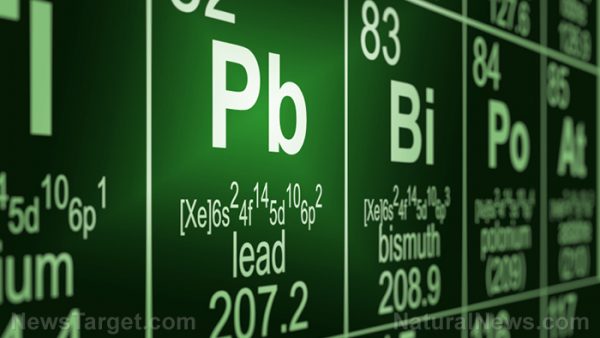




However, due to the tendency of metal accumulation, metal contents of leafy vegetables need not only to be determined but also estimated health risk for revealing possible health effects on humans.
#CA ELEMENT HEAVY METAL SERIES#
Trace metals in Sea water, series IV.Leafy vegetables are important components of the human diet for providing mineral nutrients. Oxford University Press, New Yorkīruland KW, Franks RP (1983) NATO conference series. Nordisk Ministerräd, Kobenhavn, pp 57–64įraústo da Silva JJR, Williams RJP (1997) The biological chemistry of the elements. Pigot GM, Tucker BW (1990) Seafood: effects of technology on nutrition. Monteiro LR, Lopes HD (1990) Mar pollut Bull 21:407–414 Academic, LondonĬarvalho ML, Casaca C, Pinheiro T, Marques JP, Chevallier P Cunha AS (2000) Nucl Instrum Meth B 168:559–565įergusson JE (1990) The heavy elements: chemistry, environmental impact and health effects. Springer Ed, Germany, p 992īowen HJM (1979) Environmental chemistry elements. Koeman JH, Peeters WHM, Koudstaal-Hol CHM, Tjioe PS Goeij JJM (1973) Nature 245:385–386Ĭarvalho ML, Pereira RA, Brito J (2002) Sci Total Environ 292:247–254īelitz HD, Grosch W (1999) Food chemistry, 2nd edn. Prudente M, Kim EY, Tanabe S, Tatsukawa R (1997) Mar Pollut Bulletin 34:671–674Ĭronin M, Davies IM, Newton A, Pirie JM, Topping G, Swan S (1998) Mar Environ Res 45:225–229ĭiaz-Alarcón JP, Navarro-Alarcón M, López-Martínez MC, Serrana HLG (1994) J Agric Food Chem 42:334–337 Vas P, Gordon JDM (1993) Mar Poll Bull 26:400–402Įl Nabawi A, Heinzow B, Kruse H (1987) Bull Environ Contam Toxicol 39:889–893 In: Lutten JB, Borresen T, Oehlenschläger J (eds) Elsevier, Amsterdam, vol 38, pp 587–607 Oehlenschläger J (1997) Seafood from producer to consumer: marine fish-a source for essential elements. Sidwell VD, Loomis AL, Loomis KJ, Foncannon PR, Buzzel DH (1978) Mar Fish Rev 40:1–20 Rindby A (1989) X Ray Spectrom 18:113–118Ĭarvalho ML, Ferreira JG, Amorim P, Marques MI, Ramos MT (1997) Environ Toxicol Chem 16: 807–812 Norma Portuguesa, Instit Portug Qualidade (1988) NP 2032 2928 Lall SP, Ruiter A (1995) Cab International Editors, Wallingford, pp 187–213 Huss HH (1995) Quality and quantity changes in fresh fish, FAO Fisheries Technical Paper, vol 348. Simopolpoulos AP (1997) Seafood from producer to consumer: natural aspects of the fish. Springer, Berlin Heidelberg New York, pp 992–998 The concentration of Hg was highest in Helicolenus dactylopterus-5.4 μg g −1 in one sample.īelitz HD, Grosch W (1999) Food chemistry. Concentrations of the elements in octopus do not follow this pattern-Fe is present at a higher concentration than Zn. Sr is present at higher concentrations than Rb in all the species studied except meagre. K and Ca are present at the highest concentrations in all the samples studied, from 0.6–1.3% and from 0.04–0.08%, respectively, followed by Zn, Fe, Sr, Se, and Rb. The results obtained show a similar pattern for the trace elements. The latter technique was used because of its higher sensitivity, because these elements were not detected by EDXRF. We combined two different techniques for determination of the elements-energy-dispersive X-ray fluorescence (EDXRF) was used to quantify K, Ca, Fe, Zn, Se, Rb, and Sr and flame atomic-absorption spectrometry for analysis of Cr, Ni, Cu, Cd, Hg, and Pb. The aim of this work was to determine the concentrations of some essential and toxic elements in the muscle of ten species of commercial fish consumed in Portugal.


 0 kommentar(er)
0 kommentar(er)
